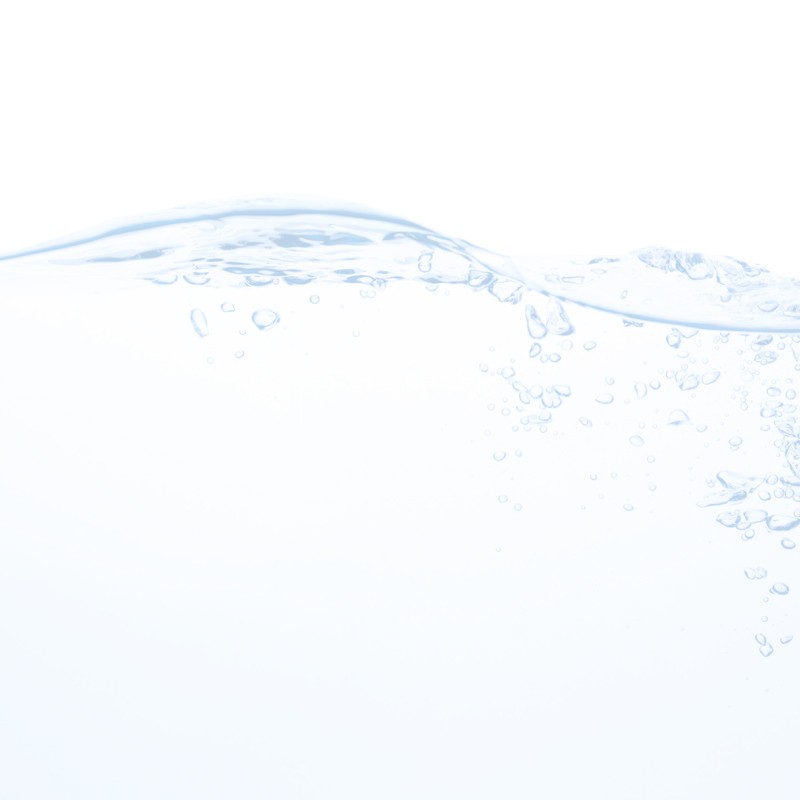Stop Wasting Water and Money. FIND A LOCAL PRO
Water is vital to our health. That's why civilizations both ancient and modern have made it a priority. Look around — nearly all settlements have traditionally clustered around water sources. Unfortunately, most of this water requires filtration before we can enjoy it.
The ways we've done that have changed over time. Let's take a look at the various water purification methods through time to see just how far we've come.
Water Filtration Methods Throughout the Ages
What worked back in ancient times was pretty good. But society has found better ways to make drinking water safer. The history of water treatment shows us how good we have it now.
The Egyptians (1500 B.C.)
One of the first cultures to enjoy great-tasting water was the Egyptians. They purified their drinking water using a variety of methods. To eliminate harmful bacteria, they boiled the water, heated it in the sun, or submerged hot iron into it. They also filtered impurities from their water by sifting it through sand and gravel. Fun fact — they even created an instruction manual for purifying water on the tomb walls of Amenophis II and Ramses II.
Ancient Greece (500 B.C. to 500 A.D.)
While the Egyptians were first, the Greeks weren't far behind. In fact, they gave us a technique we still use today — the domestic water filter. When was the water filter invented? In the third century B.C., Hippocrates invented the so-called Hippocratic sleeve, which consisted of a simple cloth back filter. Just pour boiled water through here, and you'd have a supply with fewer contaminants.
We are water Experts
Water quality is non-negotiable. To prove it, we've built state-of-the-art water quality labs and filled them with the best and brightest scientists — all so we can provide you with the best water of your life.

1671 (A.D.)
Over the next several centuries, the world entered the Dark Ages, so not a lot happened. That all changed in 1671, when Sir Robert Bacon studied how to use sand filtration to eliminate salt from seawater. His idea was to percolate seawater in sand to remove excess sodium. He published his findings in "A National History of Ten Centuries," and while they were incorrect, it got others interested in how they could purify their drinking supply.
1700-1800s (A.D.)
By the 18th century, the development of the microscope had given scientists new insight into the countless microorganisms present in water. Phillipe De La Hire, a French scientist, even devised a forward-thinking rainwater cistern fitted with a sand filter. The cistern was also elevated to stop mold and freezing and their tracks. The town of Paisley finally took his advice in 1804, creating the world's first municipal water treatment plant. It used gravel and sand filters to filter the drinking supply.
1854 (A.D.)
Midway through the 19th century, British scientist John Snow discovered that cholera was transmitted through water. After several experiments, he also found that chlorine could be used to purify contaminated water, resulting in the use of chlorination as a popular form of water purification. Chlorine kills these nasty disease-causing bacteria, making it less likely that people will get sick.
1900s (A.D.)
By the 20th century, most developed countries had established regulations that set minimum standards of water quality. The U.S. was a bit late to the party, only passing the Safe Drinking Water Act in 1974. According to the Centers for Disease Control and Protection, this act sets national standards for drinking water to keep us all safer. Any water supply system that serves more than 25 people has acceptable maximum contamination levels for chemicals and pathogens.
Today, we are able to keep our water fresh and great-tasting with a variety of filtration methods, including ion exchange that removes unnecessary minerals.
What's in your water?
start here
Worried about your water? Take control with our at-home water test kit. We'll analyze your water and recommend the best filtration or softening solution for your specific needs.


Water 101
Unleash the secrets of your H2O! Explore where water originates and discover the various water filtration solutions that transform it into drinkable water.
Related Articles

Water-Based Home Maintenance Checklist
Are you compiling your home maintenance checklist? Don’t neglect…

Water Softener Myths vs. Facts
What are Total dissolved solids (TDS), and what are they doing in your water? Are total dissolved solids good or bad?

7 Well Water Problems & Solutions
It’s the moment you dread. You turn on the tap. Out gushes cloudy, discolored, or foul-smell water. Something’s wrong with the well.
Disclaimer: The information on this website has not been reviewed by the FDA. Products offered for sale herein are not intended to treat, cure or prevent any disease or health condition. No medical claims are being made or implied. Contaminants mentioned are not necessarily in your water.




